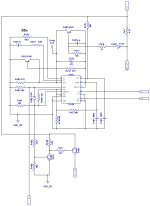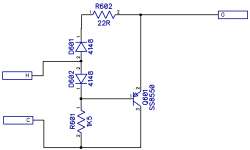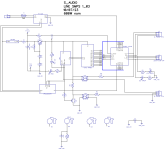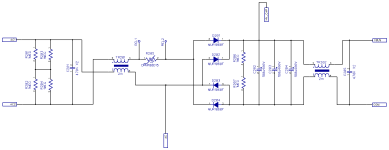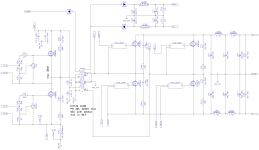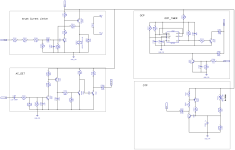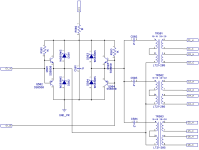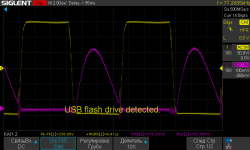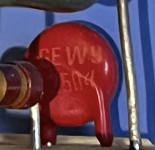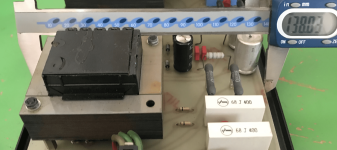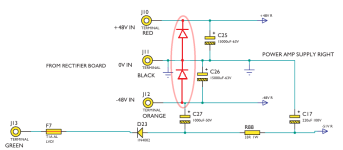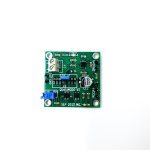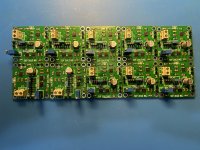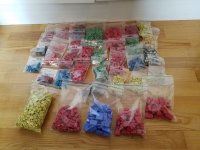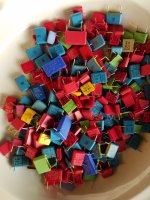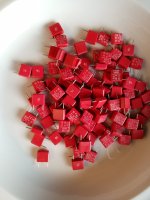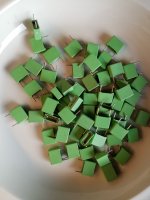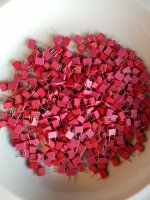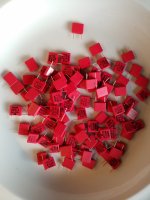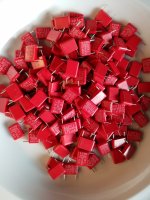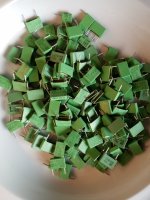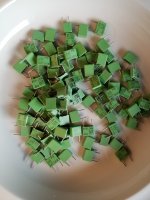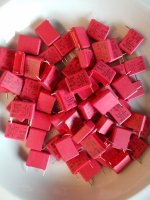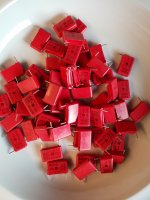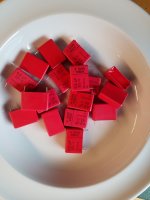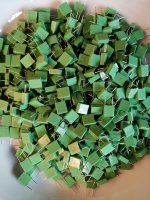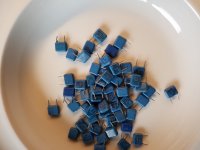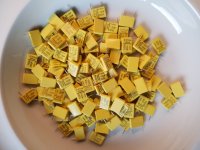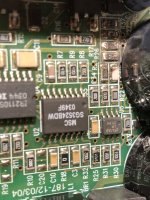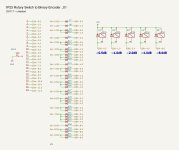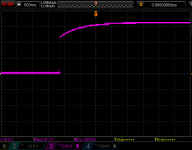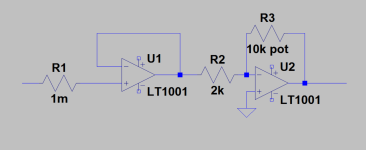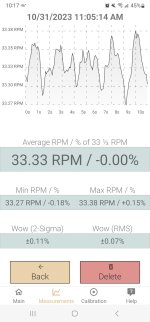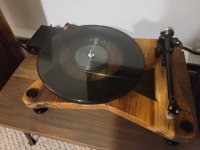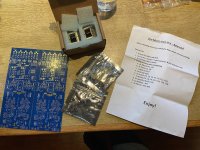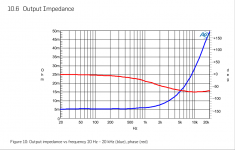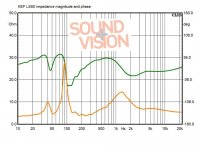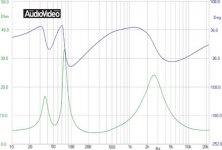DC filament supply - SMPS or linear ?
- By reamp
- Power Supplies
- 10 Replies
I am designing two tube units with a filament current requirement of about 3.5A at 6.3V and I am debating which power supply topology to use.
Initially thought a simple linear supply with a 1084 regulator would do the job, the problem is a power transformer with about 6A winding, which would be too big for the 2U rack chassis I am using. The power transformer also needs winding 250V @ 130mA for the HT and 12V @ 1A for relays and LEDs.
A possible solution to overcome the size limitation would be using an EI transformer for ht and aux supplies and a separate toroidal transformer for the filaments,
However, even with the relatively lower hum radiation from the toroid I am still a bit concerned about noise since the input circuit works at microphone level.
I have started considering SMPS for powering the filaments, this is the first time I use them with tube circuits.
First of all I don't know if having the SMPS inside the same chassis with the audio circuits can create noise problems? This would be my main concern.
I guess there shouldn't be a problem with mains frequency hum but what about the switching noise, can it be picked up by the sensitive high impedance circuits and if that's the case could the issue be solved with some steel shielding rather than expensive mu metal ?
Another issue, I need to stick to 6.3V tubes and the choice of SMPS module is a lot more limited than 12V.
I am wondering if a 7.5V module with a resistor on the output would be the best thing to do despite the extra heat generated.
I have read some of the adjustable SMPS can be modified by altering the resistances in the adjustment section, but I am not sure if all modules allow that and if there are potential side effects to consider.
Something like Meanwell RSP-75-7.5 mounted inside the chassis and an EI transformer for the ht and 12V fitted on the back panel should get the job done and cost less than a large all-in-one power transformer, and also compared to the solution with separate 6.3V toroid.
From what I understand SMPS don't need additional filtering for filament supplies so I would also save money on rectifiers, filter capacitors and regulators.
Of course I would be interested in any alternative solutions you might want to suggest.
Initially thought a simple linear supply with a 1084 regulator would do the job, the problem is a power transformer with about 6A winding, which would be too big for the 2U rack chassis I am using. The power transformer also needs winding 250V @ 130mA for the HT and 12V @ 1A for relays and LEDs.
A possible solution to overcome the size limitation would be using an EI transformer for ht and aux supplies and a separate toroidal transformer for the filaments,
However, even with the relatively lower hum radiation from the toroid I am still a bit concerned about noise since the input circuit works at microphone level.
I have started considering SMPS for powering the filaments, this is the first time I use them with tube circuits.
First of all I don't know if having the SMPS inside the same chassis with the audio circuits can create noise problems? This would be my main concern.
I guess there shouldn't be a problem with mains frequency hum but what about the switching noise, can it be picked up by the sensitive high impedance circuits and if that's the case could the issue be solved with some steel shielding rather than expensive mu metal ?
Another issue, I need to stick to 6.3V tubes and the choice of SMPS module is a lot more limited than 12V.
I am wondering if a 7.5V module with a resistor on the output would be the best thing to do despite the extra heat generated.
I have read some of the adjustable SMPS can be modified by altering the resistances in the adjustment section, but I am not sure if all modules allow that and if there are potential side effects to consider.
Something like Meanwell RSP-75-7.5 mounted inside the chassis and an EI transformer for the ht and 12V fitted on the back panel should get the job done and cost less than a large all-in-one power transformer, and also compared to the solution with separate 6.3V toroid.
From what I understand SMPS don't need additional filtering for filament supplies so I would also save money on rectifiers, filter capacitors and regulators.
Of course I would be interested in any alternative solutions you might want to suggest.
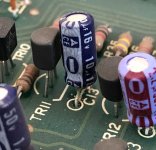
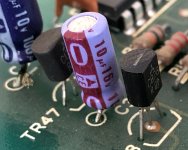
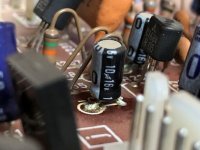

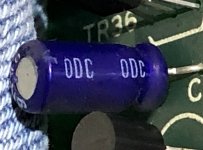

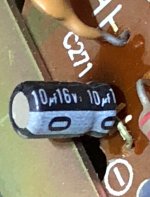
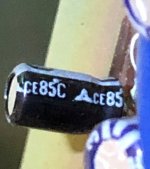
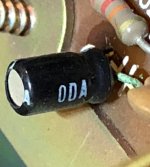

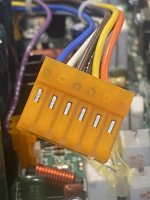
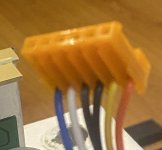
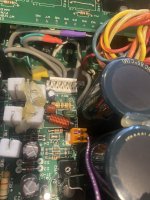

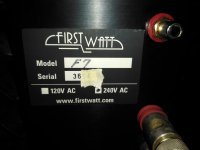
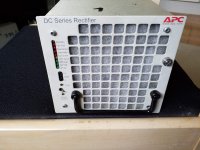
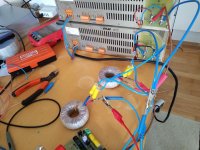
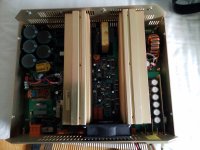
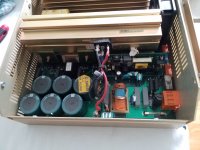
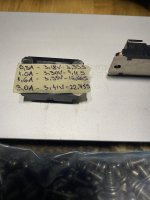

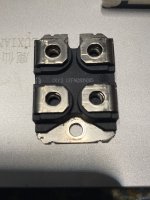
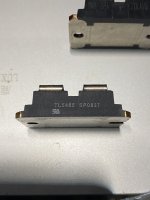
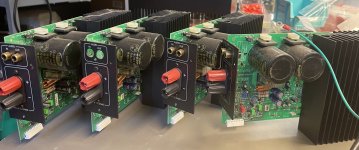
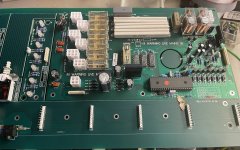
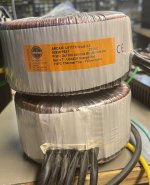
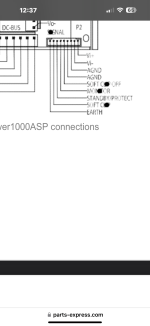
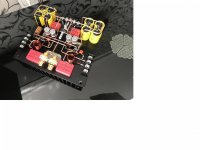
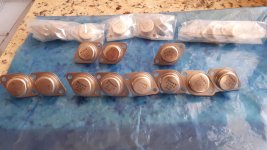

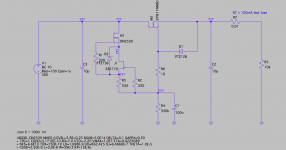
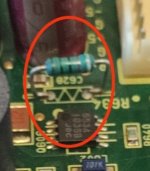
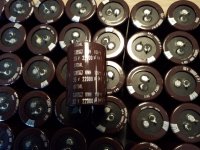
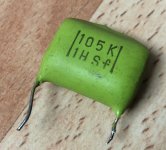
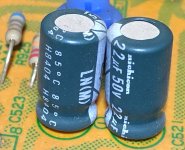
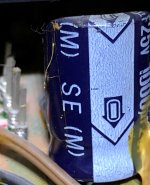
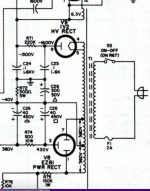

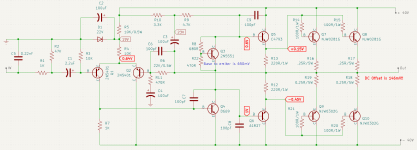
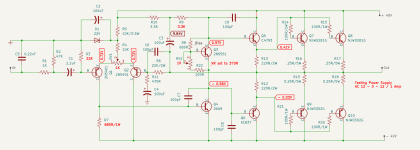
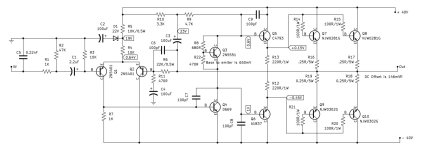
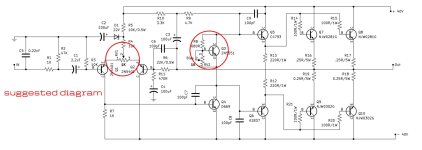
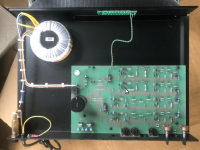
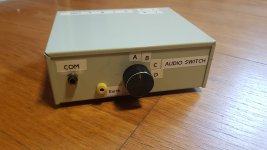
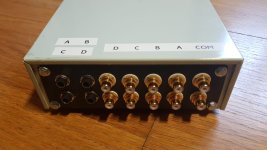
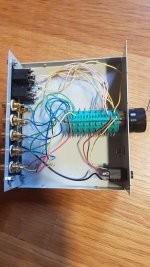
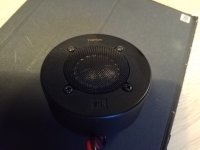
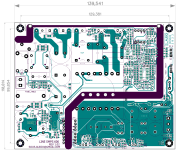
![20230914_132747[1].jpg 20230914_132747[1].jpg](https://www.diyaudio.com/community/data/attachments/1120/1120944-f125984bcb29ec60c0f038eb9f90f39a.jpg?hash=8SWYS8sp7G)
